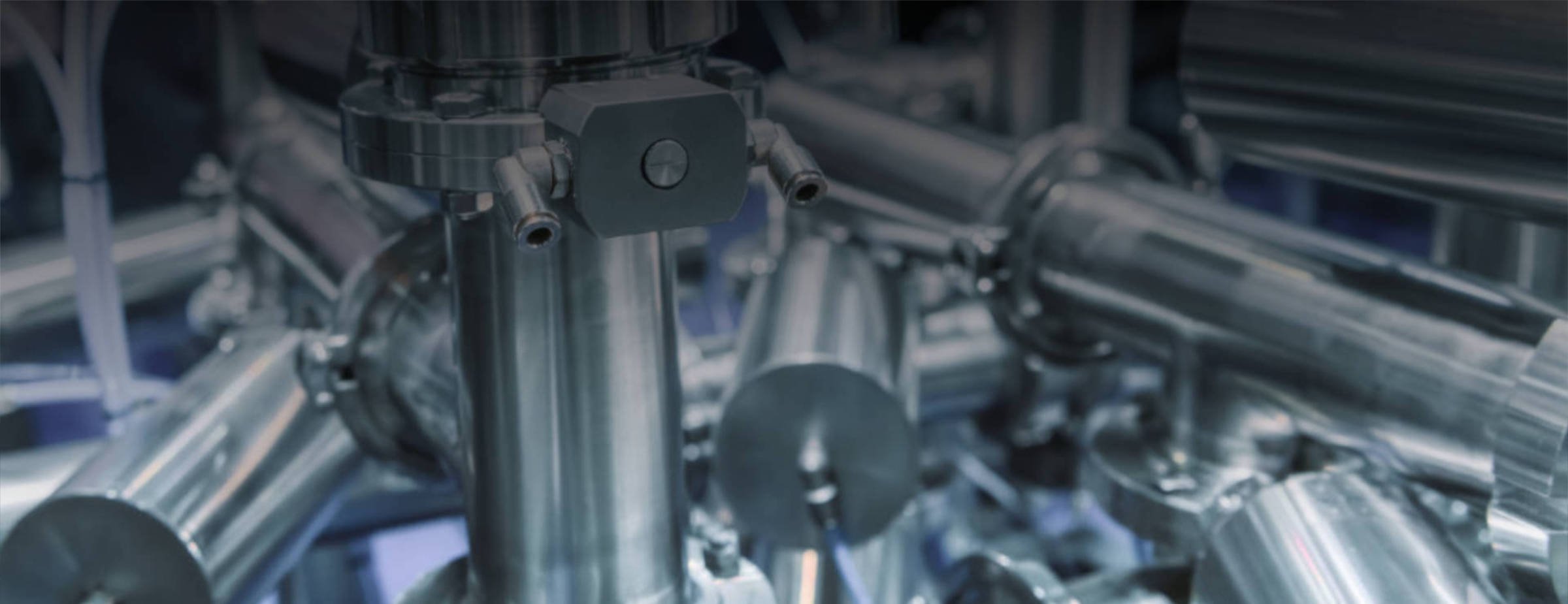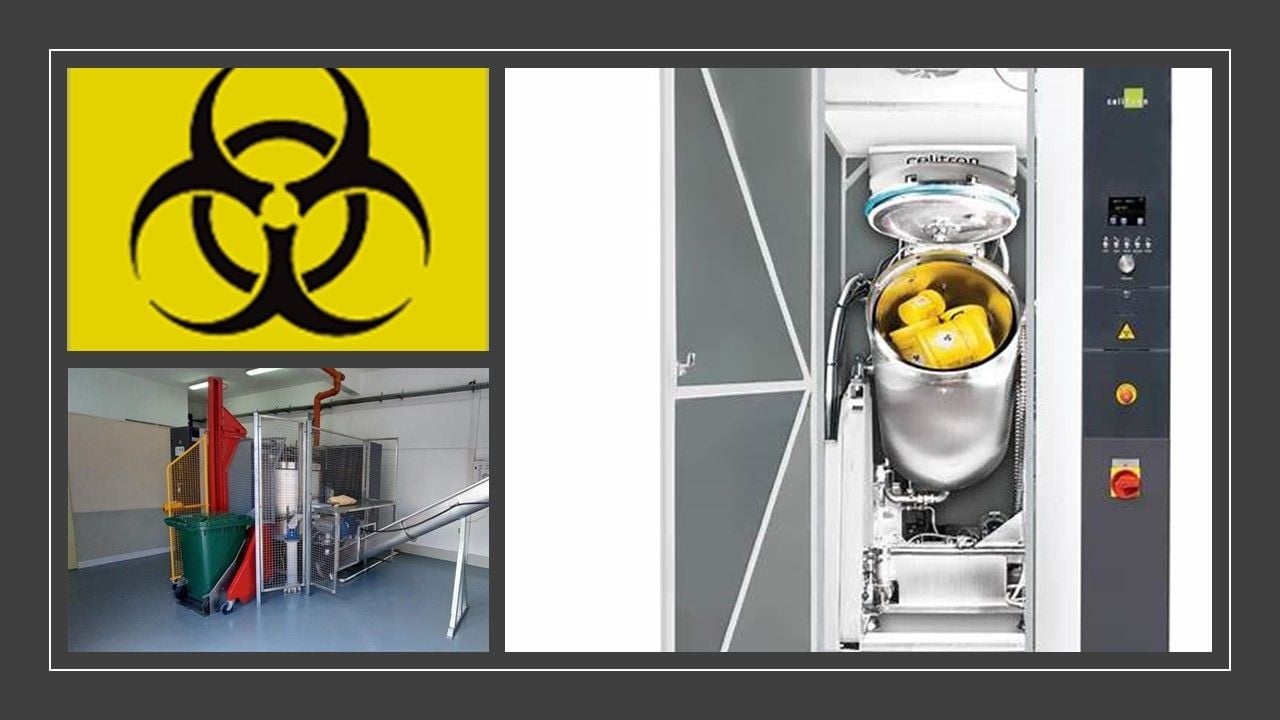
Challenges of Medical Waste Management and Celitron’s Innovative Solutions
15-02-2025

Challenges of Medical Waste Management and Celitron’s Innovative Solutions
Introduction
Proper management of hazardous waste generated in healthcare facilities is essential to protect healthcare workers, patients, and the environment. The color codes used for waste collection and transportation help identify the type and hazard level of the waste, ensuring appropriate treatment and disposal.
The Importance of Color Codes in Medical Waste Management
Segregating waste based on color codes enables quick and clear identification of different waste types, reducing the risk of cross-contamination and infection. The color-coded waste classification is as follows:
Black bags:
Non-hazardous, municipal-type waste such as paper, plastic packaging, and food leftovers. These do not contain infectious materials and can be disposed of as regular waste.
Yellow bags or containers:
Infectious hazardous waste, including materials contaminated with blood or bodily fluids, microbiological waste, and laboratory cultures. These containers must display the international biohazard symbol and the label "Infectious Waste."
Red bags:
Used in some countries for high-risk infectious waste, such as pathological waste, amputated body parts, and materials heavily contaminated with blood. Not commonly used in Hungary.
Besides color coding, proper packaging and labeling are crucial to ensure clear identification of the waste type and hazard level during transportation and disposal.
Celitron’s Role in Medical Waste Management
Celitron is a Hungary-based company offering innovative and environmentally friendly solutions for medical waste treatment. One of its key products is the Integrated Sterilizer and Shredder (ISS),which sterilizes and shreds infectious hazardous waste on-site, ensuring safety and efficiency. The ISS system offers several benefits:
On-site sterilization and shredding, minimizing infection risk.
Eco-friendly technology, eliminating the need for incineration or chemical treatment.
Up to 80% volume reduction, saving space and resources.
Low operational costs, making waste management more cost-effective.
Celitron’s technology complies with the highest international standards, making it widely adopted worldwide.
Celitron References
Celitron collaborates with various renowned healthcare institutions worldwide, successfully implementing its innovative waste management solutions. Key references include:
CEVA-Phylaxia, Budapest, Hungary – Veterinary research center using the ISS system for sterilizing and disposing of hazardous biological waste.
University of Debrecen Clinical Center, Hungary – One of Hungary’s largest university hospitals using Celitron’s ISS for effective medical waste treatment.
Bumrungrad International Hospital, Thailand – A leading international private hospital in Bangkok implementing Celitron’s solutions for infectious waste management.
Apollo Hospitals, India – One of Asia’s largest healthcare networks using the ISS system in multiple hospitals for the safe disposal of infectious waste.
National Institute of Health, Pakistan – The country’s leading healthcare research institute utilizing Celitron’s technology for laboratory waste treatment.
Conclusion
Proper management of medical waste and adherence to color codes help prevent infections and protect the environment. Celitron’s modern and sustainable solutions enable healthcare institutions to handle hazardous waste more efficiently and safely.